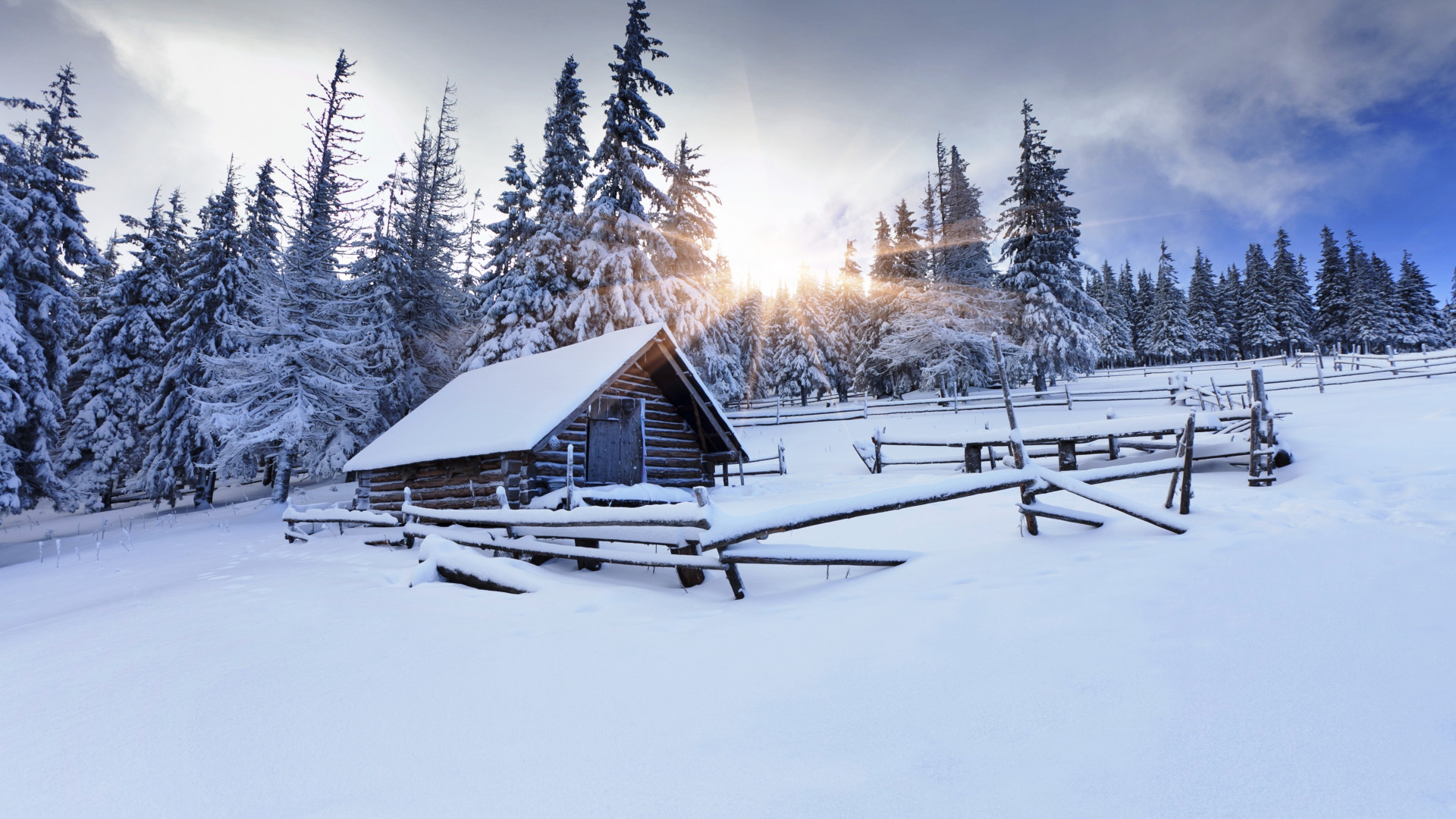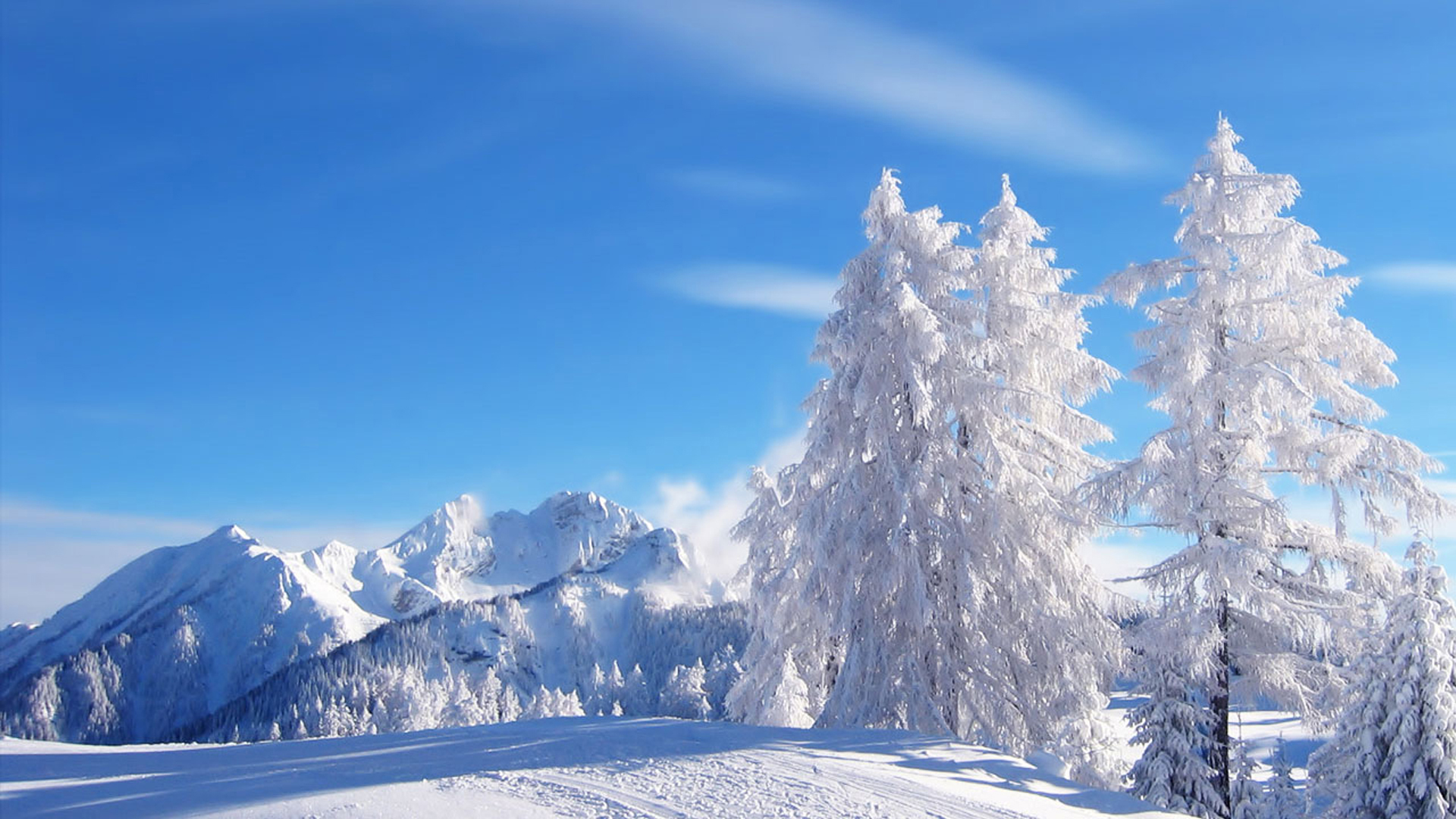“The Winter of the Witch,” the concluding novel of Katherine Arden’s Winternight Trilogy, weaves a rich tapestry of folklore, history, and magic set against the backdrop of a harsh Russian winter. Nature plays a pivotal role in the narrative, not just as a setting but as a living entity that influences the characters and their fates. This article explores the symbolic significance of nature in the novel, examining how it reflects the themes of resilience, magic, and the human connection to the environment.
The Harshness of Winter: A Symbol of Struggle
Winter in “The Winter of the Witch” serves as a powerful symbol of struggle and survival. The protagonist, Vasya, navigates a world where the cold is not merely a weather condition but a formidable force that shapes the lives of the characters. The relentless winter represents the challenges that Vasya faces, both from external forces and her internal conflicts.
- Isolation and Despair: The harsh winter landscape mirrors the emotional isolation many characters experience. As the cold seeps into the land, it also seeps into their hearts, fostering despair. Vasya’s journey through the snow-covered forests symbolizes her quest for identity and belonging in a world that often rejects her.
- Nature’s Indifference: The frigid environment serves as a reminder of nature’s indifference. The frostbitten trees and biting winds reflect the harsh reality of life in medieval Russia, where survival is dependent on understanding and respecting the natural world.
Nature as a Catalyst for Magic

In the world of “The Winter of the Witch,” nature is a source of magic and wonder. The forest, with its ancient trees and mystical creatures, acts as a conduit for the supernatural. The interplay between nature and magic highlights the themes of interconnectedness and the importance of harmony with the environment.
- Spiritual Connection: The forest is imbued with spirits, including the domovoi, who protect the household, and the rusalka, who embodies the essence of nature. These beings reflect the belief that nature is alive and holds power, reinforcing the idea that humans must coexist with the natural world.
- Transformation and Growth: Nature facilitates personal transformation for Vasya. Her bond with the natural world allows her to embrace her identity as a witch and a protector of the land. This connection underscores the idea that understanding and respecting nature leads to personal growth.
The Cycle of Life: Seasons and Change

The cyclical nature of the seasons in “The Winter of the Witch” serves as a metaphor for life, death, and rebirth. Winter, while often seen as a time of death and dormancy, is also a period of reflection and preparation for new beginnings.
- Winter as Dormancy: The bleakness of winter symbolizes a time of rest and introspection. Characters are forced to confront their inner demons, leading to personal revelations and growth.
- Spring as Renewal: The eventual arrival of spring signifies hope and renewal. As Vasya navigates the challenges of winter, the promise of spring represents the possibility of rebirth and transformation, both in nature and within herself.
Symbolism of Animals in Nature

Animals also play a significant role in “The Winter of the Witch,” representing various aspects of nature and the human experience. From the mystical to the mundane, animals are integral to the story’s symbolic landscape.
- The Horse: Vasya’s horse, Solovey, embodies freedom and loyalty. Their bond illustrates the deep connection between humans and animals, showcasing how nature can offer companionship and strength in times of need.
- The Bear: The bear in the narrative symbolizes strength and protection. Its presence serves as a reminder of the wild, untamed aspects of nature, suggesting that one must respect and understand these forces to coexist peacefully.
The Human-Nature Relationship: A Reflection of Society

The relationship between humans and nature in “The Winter of the Witch” reflects broader societal themes, particularly regarding the consequences of industrialization and the loss of traditional ways of life. As Vasya grapples with the encroaching modern world, nature represents a refuge from societal pressures and a reminder of ancestral wisdom.
- Conflict with Modernity: The tension between the old ways and the new industrial age is palpable in the story. The natural world is threatened by the rise of urbanization, symbolizing the loss of connection to the earth and the wisdom of past generations.
- Preservation of Tradition: Vasya’s connection to the natural world serves as a means of preserving her heritage and the traditions of her ancestors. Nature becomes a safe haven where the old ways can thrive amidst the chaos of change.
Case Studies: The Relevance of Nature in Contemporary Society
![]()
The themes explored in “The Winter of the Witch” resonate strongly in today’s society, where the relationship between humans and nature is increasingly fraught. Various case studies illustrate the ongoing relevance of nature in contemporary contexts.
- Environmental Activism: Movements such as Extinction Rebellion and the Fridays for Future initiative emphasize the urgency of addressing climate change and preserving natural habitats. These movements echo the novel’s call for a deeper connection with nature.
- Urban Green Spaces: Studies show that access to nature in urban environments significantly improves mental health and well-being. Initiatives to create urban green spaces reflect a growing recognition of the importance of nature in fostering human resilience.
Conclusion: Nature as a Symbol of Resilience and Identity

In “The Winter of the Witch,” Katherine Arden masterfully employs nature as a multifaceted symbol that enriches the narrative and deepens the exploration of themes such as struggle, magic, and the human connection to the environment. The harshness of winter, the magic of the forest, the cyclical nature of life, and the significance of animals all contribute to a profound understanding of resilience and identity.
The novel serves as a reminder of the importance of maintaining a harmonious relationship with the natural world, urging readers to recognize the beauty and power of nature in their own lives. As we navigate the challenges of modernity, “The Winter of the Witch” calls us to reconnect with the earth, embrace its magic, and honor the wisdom of our ancestors.